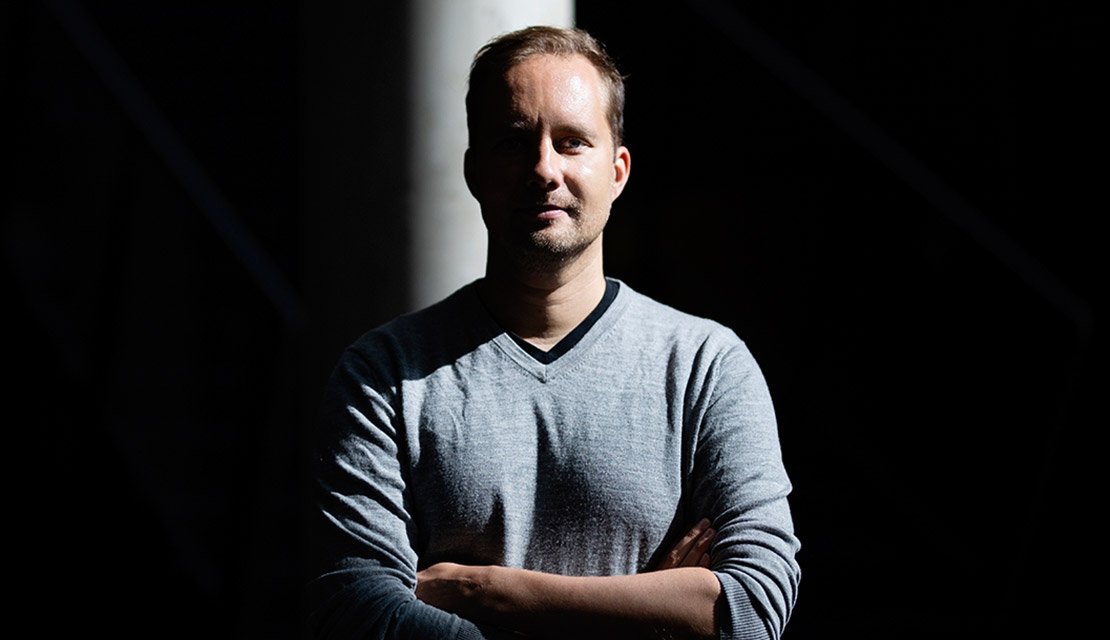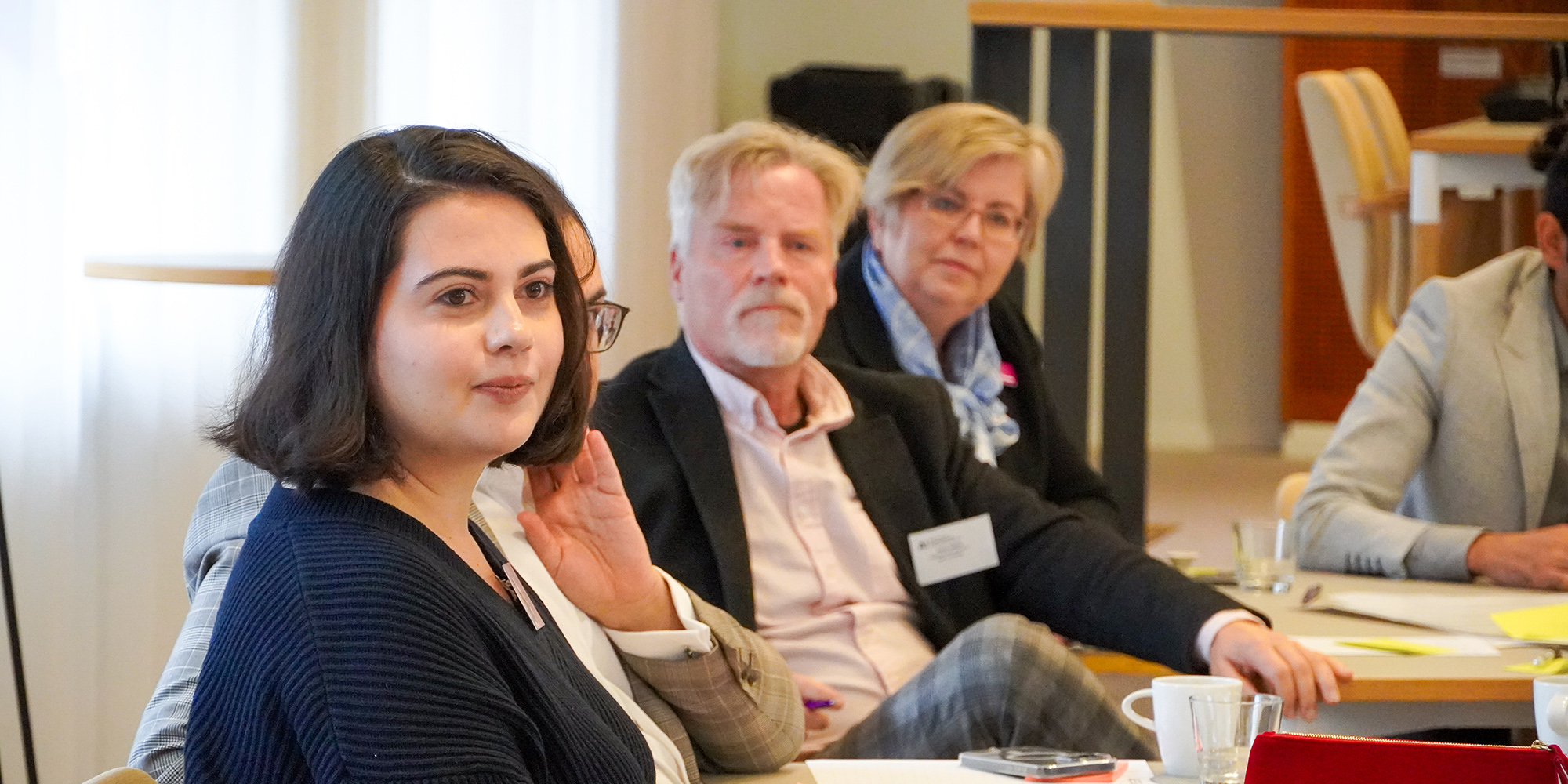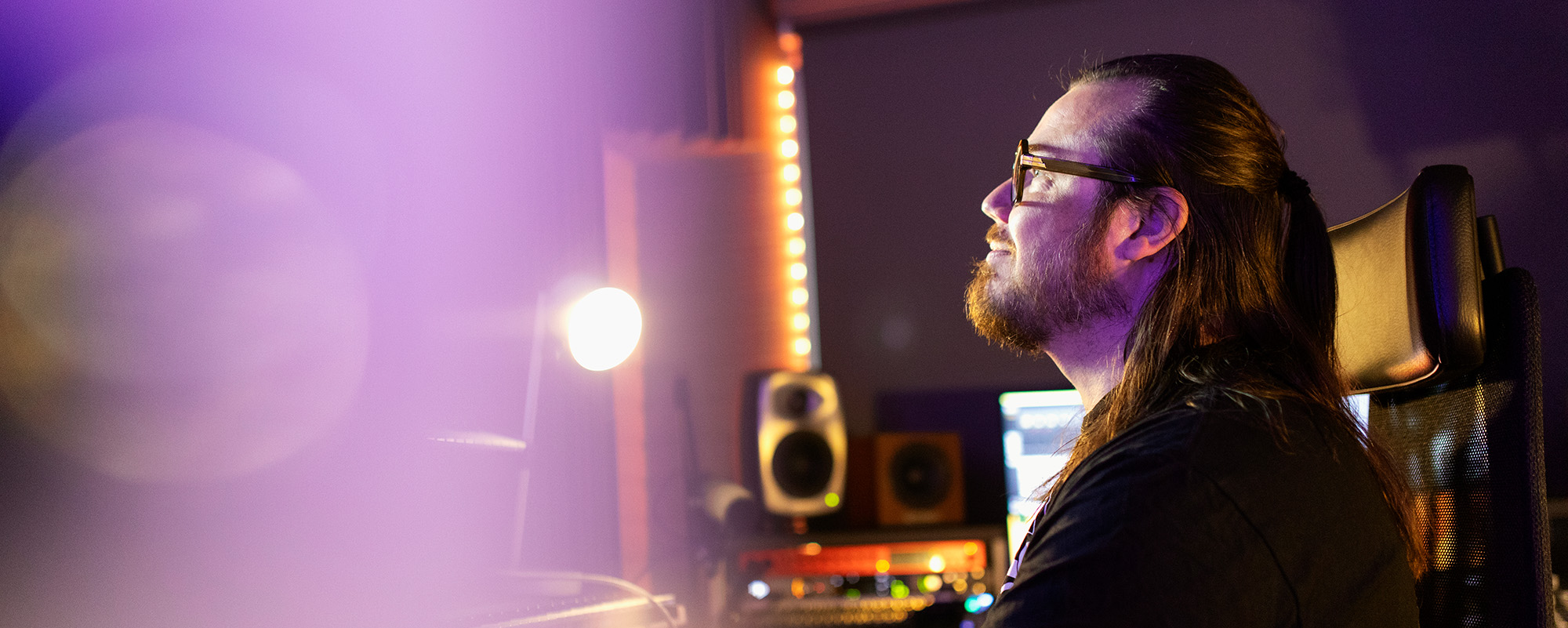In determining the division of tasks for humans and robots, it is often said that machines handle technical questions well so they should take care of those, and the creative tasks should be left to humans. However, AI can be very helpful in creative work. It may not be “creative” as such, but AI can help humans seek out creative solutions that might otherwise remain hidden in the vast pile of alternatives.
Associate professor Antti Oulasvirta from Aalto University explains that AI can be used in creative design work to assist design professionals. He uses the process of conceptual design as an example.
The machine can also learn about a designer’s work, for instance which color harmonies they prefer.”
Machine intelligence can, for instance, help in developing a product portfolio. Oulasvirta has been involved in an initiative where the product portfolio of a streaming service was developed based on user data. “The machine produces, for example, ten different solutions that can then be tested. It finds ways to simplify the product and to lower costs. It uses cold logic to look for new methods and combinations. It is not fixed on certain pre-set ways of thinking. It can learn what users appreciate and what the costs of different alternatives are.”
Machine-assisted design is easier in the case of product design than conceptual design. Augmented intelligence could provide useful assistance in the product design process. All designers know the design guidelines of their company. They can be lengthy manuals of several hundred pages – all of which can be taught to machine intelligence. As the design process progresses, machine intelligence can spot the mistakes and propose a color, model, font etc. to match the guidelines. “The machine can also learn about a designer’s work, for instance which color harmonies they prefer.”
Oulasvirta says that machine intelligence is at its best when there is a well-defined problem with a clear aim. “Artificial intelligence helps the designer to come up with alternatives that might otherwise go unnoticed. It can provoke new ideas.” Machine intelligence can also assist in looking for images or patterns in a large data set. “The machine can be taught to find things that are hard for humans to spot. The machine takes care of the design mining.”
Artificial intelligence helps the designer to come up with alternatives that might otherwise go unnoticed."
The strength of computers often lies in number crunching. For example, a research team was trying to develop a new keyboard standard for computers. The team noticed that there are 10200 alternatives, too many for a human to go through. When the problem was formulated as an algorithm for a computer that took into account specific goals, such as ergonomic qualities, the computer solved the problem in an instant. This was the first algorithmically designed keyboard.
Oulasvirta works at Aalto University and also holds a PhD in psychology. When discussing machine intelligence, the limits of machine creativity and comprehension are often mentioned. At the same time, humans do not necessarily understand one another either. “Designers unfortunately often have a poor understanding of psychology”, says Oulasvirta. Aptitude in psychology would be useful for understanding how human observation and perception function.
“The aim of design is to create a better experience for a person, but if it is unclear how people observe, experience, feel and learn, this is all guesswork.”
Designers unfortunately often have a poor understanding of psychology.”
We have become accustomed to the idea that information technology users don’t need to understand IT, but human understanding is still needed when designing products and services for people. Data-driven design is a future vision where a machine collects data, and can then say something about the users based on this data – for instance where someone gets lost in a particular website.
“Machine intelligence is a good partner, it can ‘understand’ people because it has learned about human behavior. It will, however, still take time to build an organization that utilizes machine intelligence efficiently. Designers must have a sufficiently good understanding of machine learning so that they can formulate problems that the machine can then actually solve. This necessitates new thinking in workplaces as well as in education.” One could think that, just as machines and humans can work together in symbiosis, information technology and humanistic sciences also need one another. They are neither alternatives nor opposites.
Are you interested in learning more about Artificial Intelligence and how to apply it to your business? Aalto PRO's Diploma in Artificial Intelligence gives you in-depth understanding of artificial intelligence and helps you to understand and apply contemporary AI technologies. Read more about the program.





















